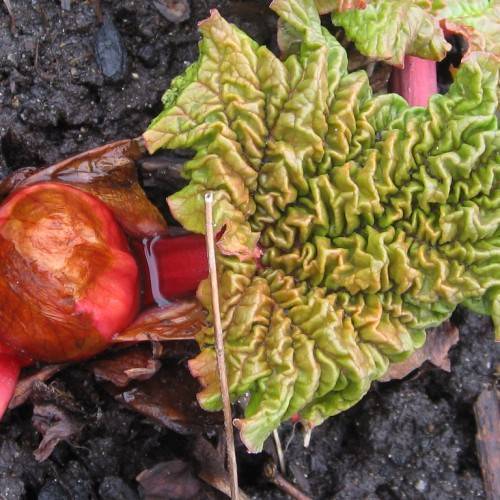
rhubarb
Rheum hybridum
Cycle:
Herbaceous Perennial
Watering:
Average
Hardiness Zone:
3 - 8
Flowers:
Flowers
Sun:
Full sun,part shade
Leaf:
Yes
Growth Rate:
Low
Maintenance:
Moderate
Poisonous To Pets:
Yes
Salt Tolerant:
Yes
Invasive:
Yes
Care Level:
Medium
watering
Rhubarb (Rheum hybridum) should be watered thoroughly twice a week during the growing season. The best times to water are in the mornings or evenings when the temperatures are cooler. Make sure to provide enough water to saturate the soil evenly so that all parts of the root zone are moist. Avoid overwatering, which can cause root rot or fungal diseases. During hot, dry weather, it may be necessary to water 3 or 4 times a week. In the winter months, allow the soil to dry completely between waterings.
sunlight
Rhubarb (Rheum hybridum) is best grown in full sunlight. It requires at least 6 to 8 hours of direct sunlight a day, preferably in the morning when the sun is at its highest point. These plants prefer cooler temperatures with regular and abundant sun. During the hottest part of the day, partial shade would be beneficial. Rhubarb will still produce good yields, even in cooler temperatures with smaller amounts of sunlight.
pruning
Rhubarb should be pruned each spring. Remove any plant debris, and any overwintered stalks that look unhealthy or are thin. Don't prune new shoots that are just coming in; wait until they reach a reasonable length before pruning. The goal is to have 4 to 6 strong shoots for the season. Cut down the old shoots from last year's harvest to just a few inches from the base of the plant. Pruning too severely can damage the plant, so err on the side of caution and don't take too much.
